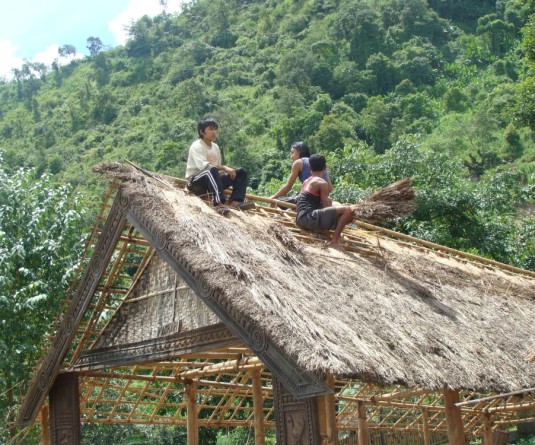
Morung Express News
October 13
KOHIMA: By the year 2020, it is possible to see a developed Nagaland—with the population under control, the economy growing at accelerated pace, infrastructure such as transport, communication and power improved to modern levels and qualitative health care being provided to the people.
Another pertinent area to be addressed is the tourism sector. An annual intake of even 10,000 tourists would have a multiplier effect for the entire tourist industry in the state adding to the generation of wealth and employment.
By 2020, the communities would be actively investing in upgrading, modernizing and managing their schools. The government’s role, after having provided all the physical requirements or 100 percent coverage of all villages and hamlets by primary schools may become focused on key areas like policy, syllabi, quality education, training, innovative and linkages with new technology.
By 2020, Nagaland would have 100 percent trained teachers, greatly adding to the quality of education being imparted to young children. By 2020 it is envisaged that the literacy in Nagaland would be nearly universal. Enrolment at the elementary stage would be universal, while the drop-out rates reduced to below 10 percent.
As per the report, by 2020, all the district hospitals would have been upgraded and made autonomous on the lines of the decision taken recently for the Naga hospital, Kohima. Side by side, there will be increasing investment in private hospitals, clinics and nursing homes, which will not only increase the health care coverage but also add to the quality of health services.
By 2020, it is possible to see a healthy Nagaland with people having a life expectancy of 80 years and beyond but with a population growth rate contained to below 2 percent, while ensuring that children under age 15 years and around 15 to 20 years get the best possible options in life, the report states.
Higher education in Nagaland by 2020 would be technology driven and focus on the growing scientific temperament among the youth of Nagaland.
The net effect of growth in the agriculture sector and the industrial sector would trigger substantial activities in the tertiary sector, particularly under Services by 2020.
New hydro and thermal projects would greatly enhance quantitative availability of power in Nagaland, the report states adding the communication process of power envisions village communities to generate their own power requirements through adoption of micro, mini and small power generation systems based on hydro power and biomass. “This could revolutionize rural Nagaland and the agricultural economy, besides, addressing to a great extent, the problem of educated unemployed”, the report added.






